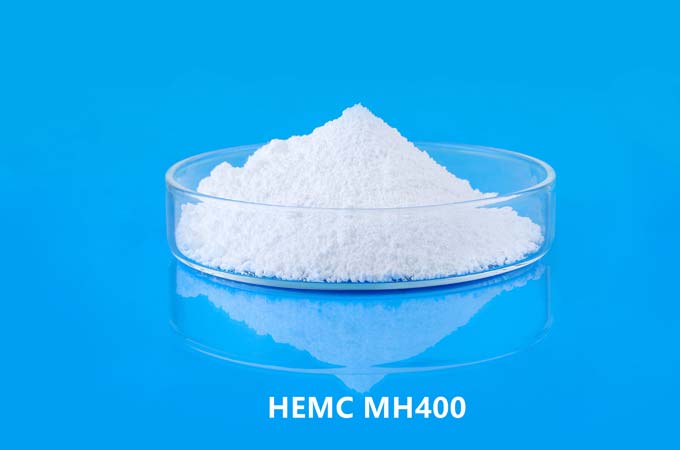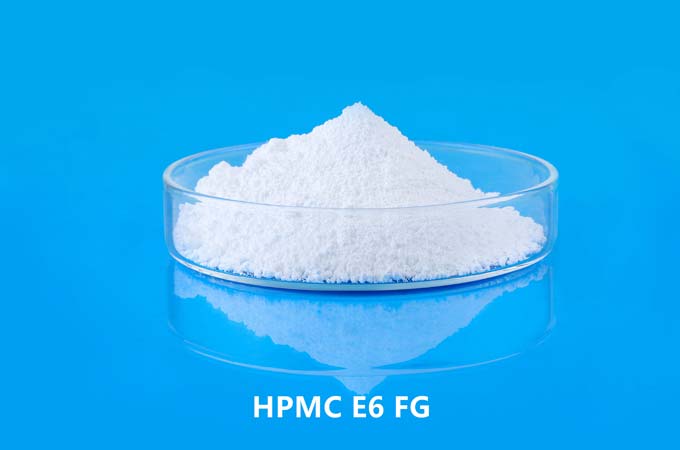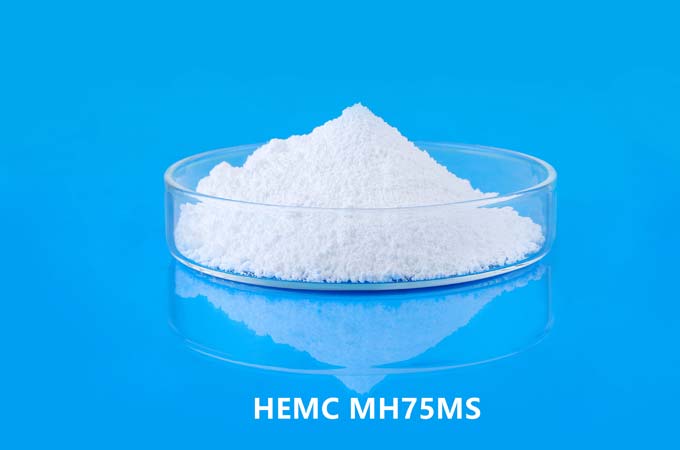Starch ethers are a class of chemical compounds derived from starch, a polysaccharide found in many plants and used widely in various industries. Starch ethers are modified forms of starch, where chemical modifications are made to the starch molecules to alter their properties and enhance their functionality for specific applications. These modifications typically involve etherification reactions, where ether groups (-O-CH2-CH2-O-) are introduced into the starch molecules. Starch ethers find numerous uses across industries due to their versatility, biodegradability, and non-toxic nature. In this article, we will explore the various uses of starch ethers in different sectors.
1. Food Industry:
Starch ethers are commonly used in the food industry as thickening, stabilizing, and gelling agents. They improve the texture, mouthfeel, and stability of various food products, including sauces, soups, gravies, desserts, and bakery items. Starch ethers help maintain the desired consistency and prevent syneresis (weeping) in food products during storage and transportation.
2. Pharmaceutical Industry:
In the pharmaceutical industry, starch ethers serve as excipients in the formulation of tablets, capsules, and suspensions. They act as binders, disintegrants, and controlled-release agents, ensuring the proper release of active pharmaceutical ingredients (APIs) in the body. Starch ethers also contribute to the overall stability and shelf-life of pharmaceutical formulations.
3. Paper and Textile Industries:
Starch ethers are utilized in the paper and textile industries as sizing agents and surface modifiers. They improve the strength, stiffness, and printability of paper products, as well as enhance the adhesion of coatings and finishes on textiles. Starch ethers also act as rheology modifiers in paper coatings and printing inks, facilitating smooth application and better surface properties.
4. Construction and Building Materials:
In construction and building materials, hydroxypropyl starch ether is added to mortar, plaster, and concrete formulations as water-retention agents and rheology modifiers. They improve workability, adhesion, and consistency of these materials, leading to better performance and durability of finished structures. Starch ethers also aid in reducing shrinkage and cracking in cement-based products.
5. Personal Care Products:
Starch ether is present in various personal care products such as shampoos, conditioners, creams, and lotions. They function as thickeners, stabilizers, and film-forming agents, enhancing the viscosity, texture, and skin-feel of these products. Starch ethers also contribute to the suspension of insoluble particles and improve the overall sensory experience for consumers.
6. Oil and Gas Industry:
In the oil and gas industry, starch ethers are used in drilling fluids as viscosifiers and fluid-loss control agents. They help maintain the viscosity and stability of drilling fluids under high-pressure, high-temperature conditions encountered during drilling operations. Starch ethers also aid in preventing fluid loss into porous formations, thus improving drilling efficiency and wellbore integrity.
7. Environmental Applications:
Starch ethers are preferred in various environmental applications due to their biodegradability and low environmental impact. They are used in biodegradable plastics, adhesives, and coatings as sustainable alternatives to petroleum-based polymers. Starch ethers also find applications in wastewater treatment as flocculants and coagulants, aiding in the removal of suspended solids and pollutants from water streams.
Conclusion:
Starch ethers play a crucial role across diverse industries due to their unique properties and versatility. From food and pharmaceuticals to construction and environmental applications, starch ethers contribute to enhancing product performance, functionality, and sustainability. As industries continue to seek sustainable and eco-friendly solutions, the demand for starch ethers is expected to grow, driving further innovation and development in this field.
 English
English 日本語
日本語 français
français Deutsch
Deutsch Español
Español italiano
italiano русский
русский português
português العربية
العربية Türkçe
Türkçe Nederland
Nederland



